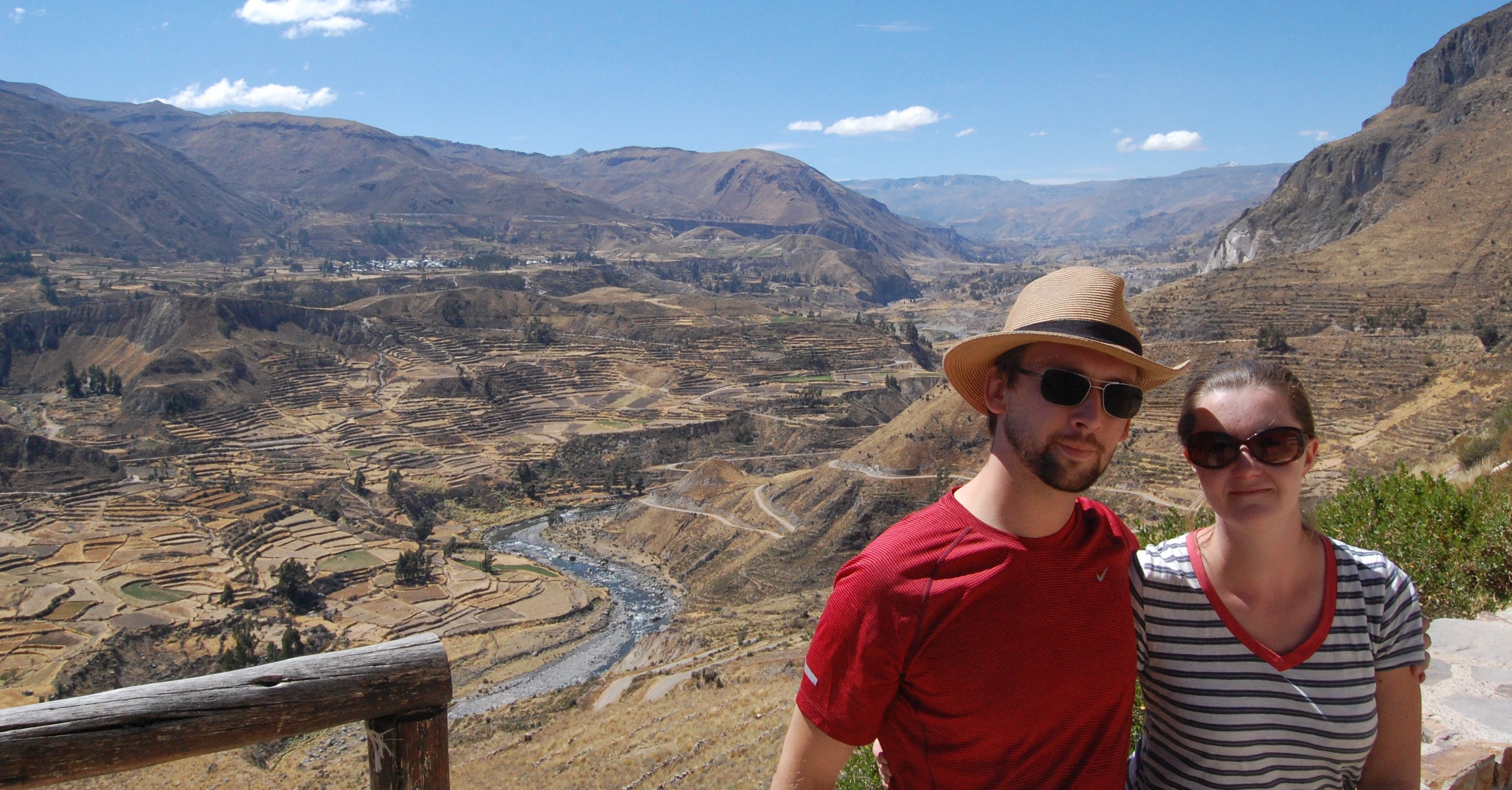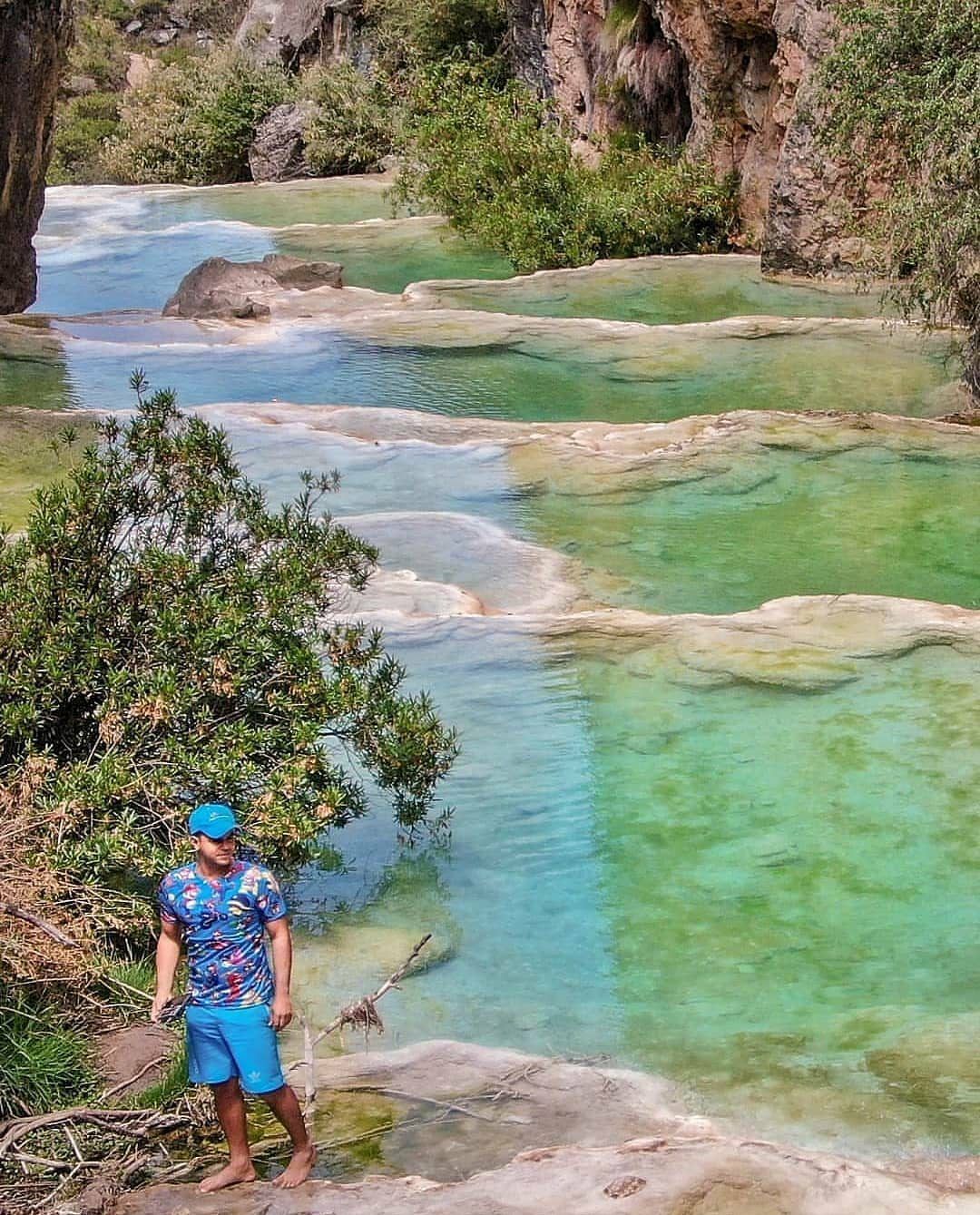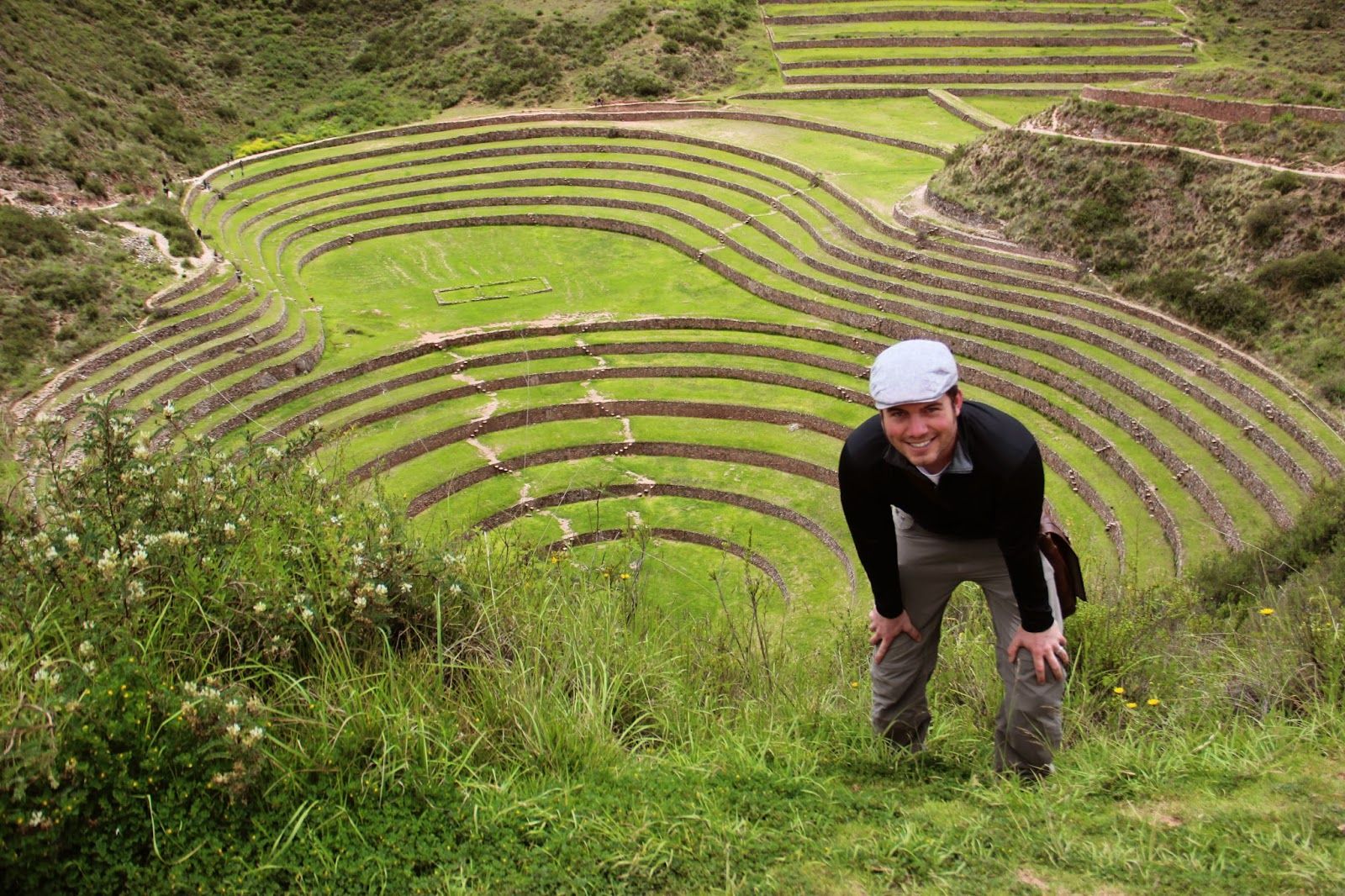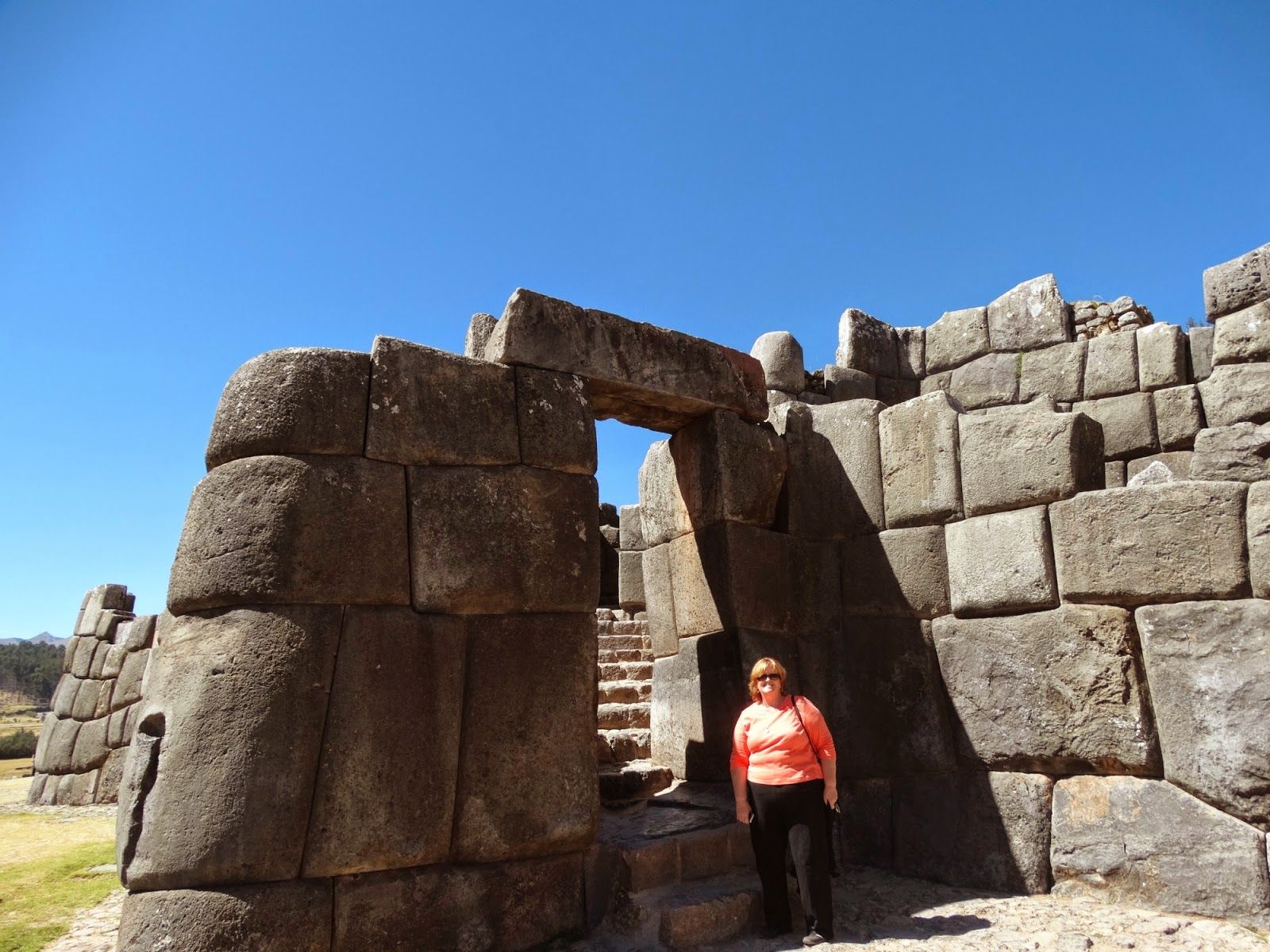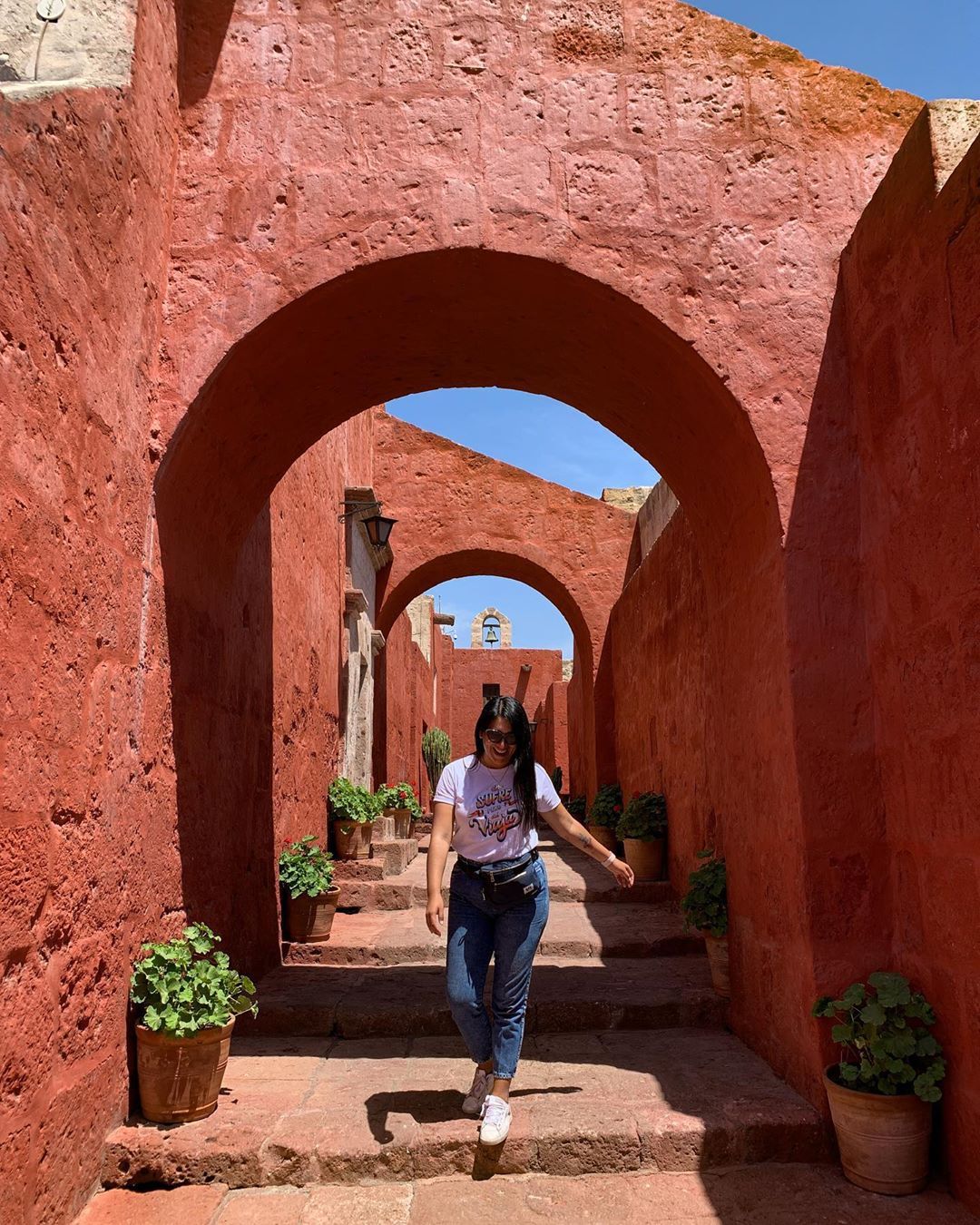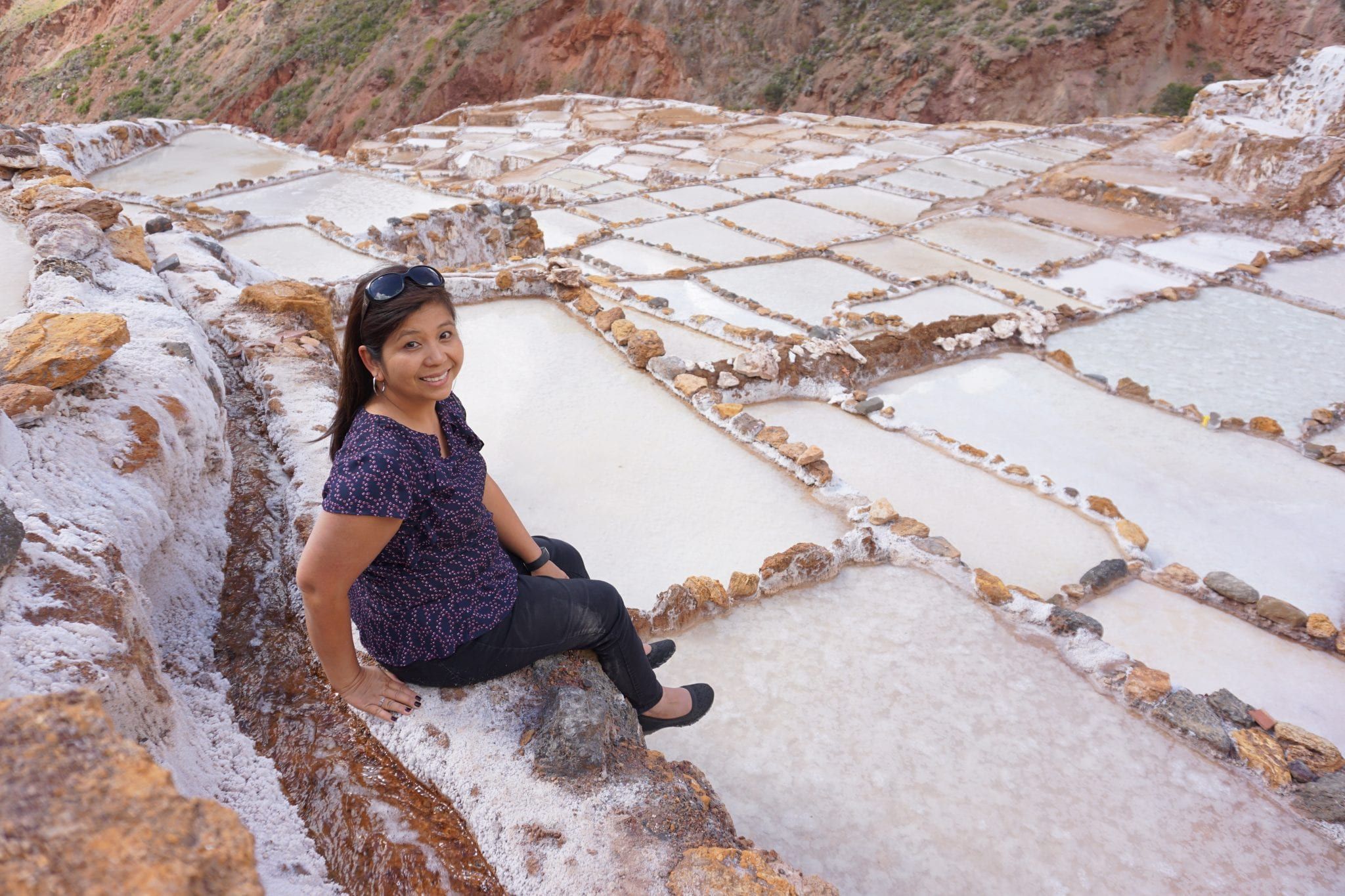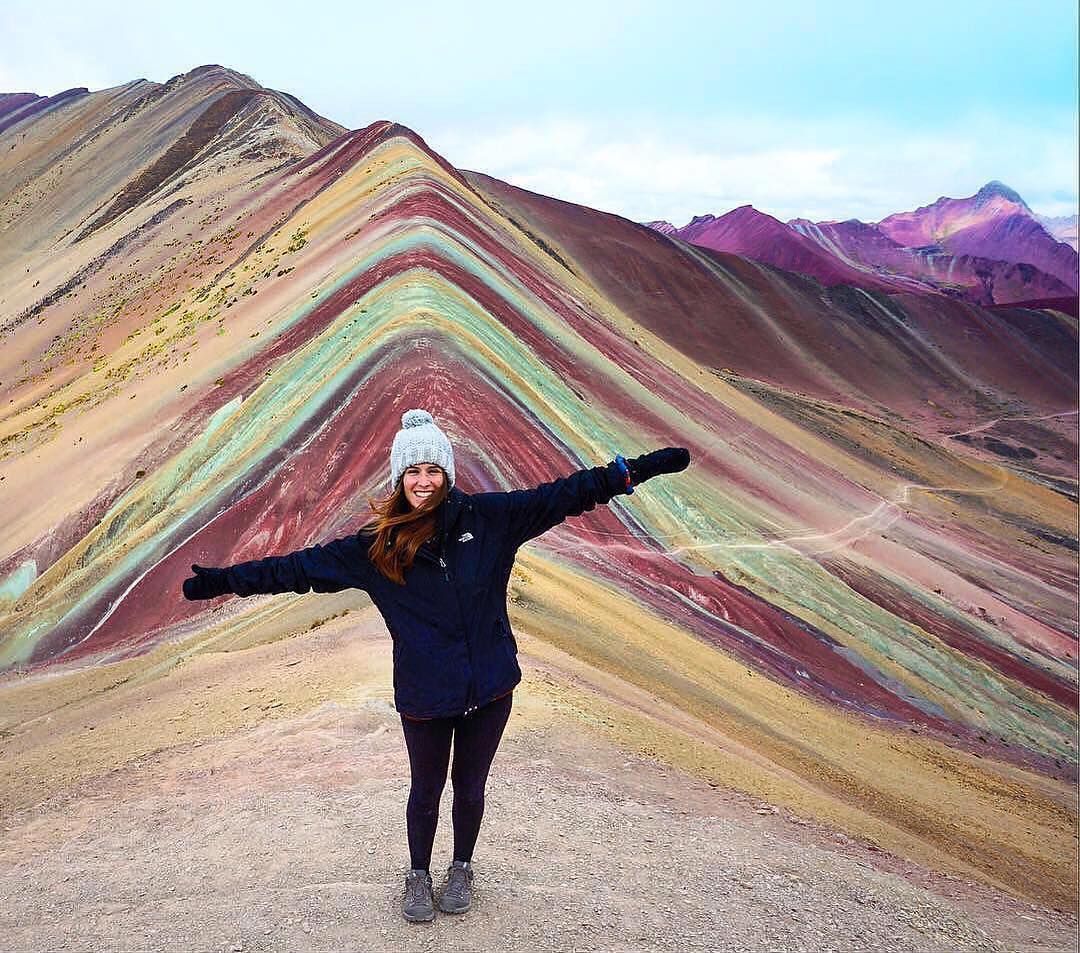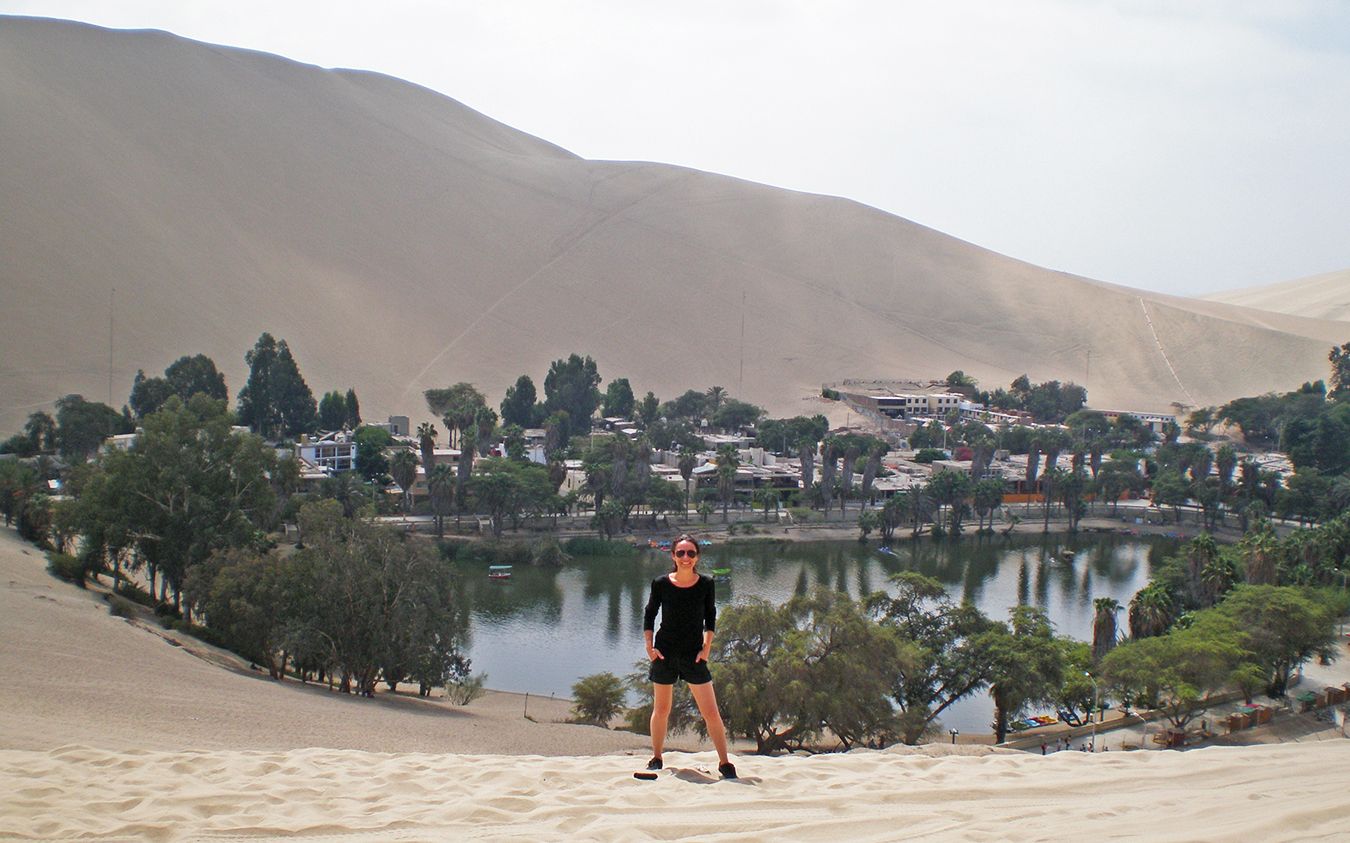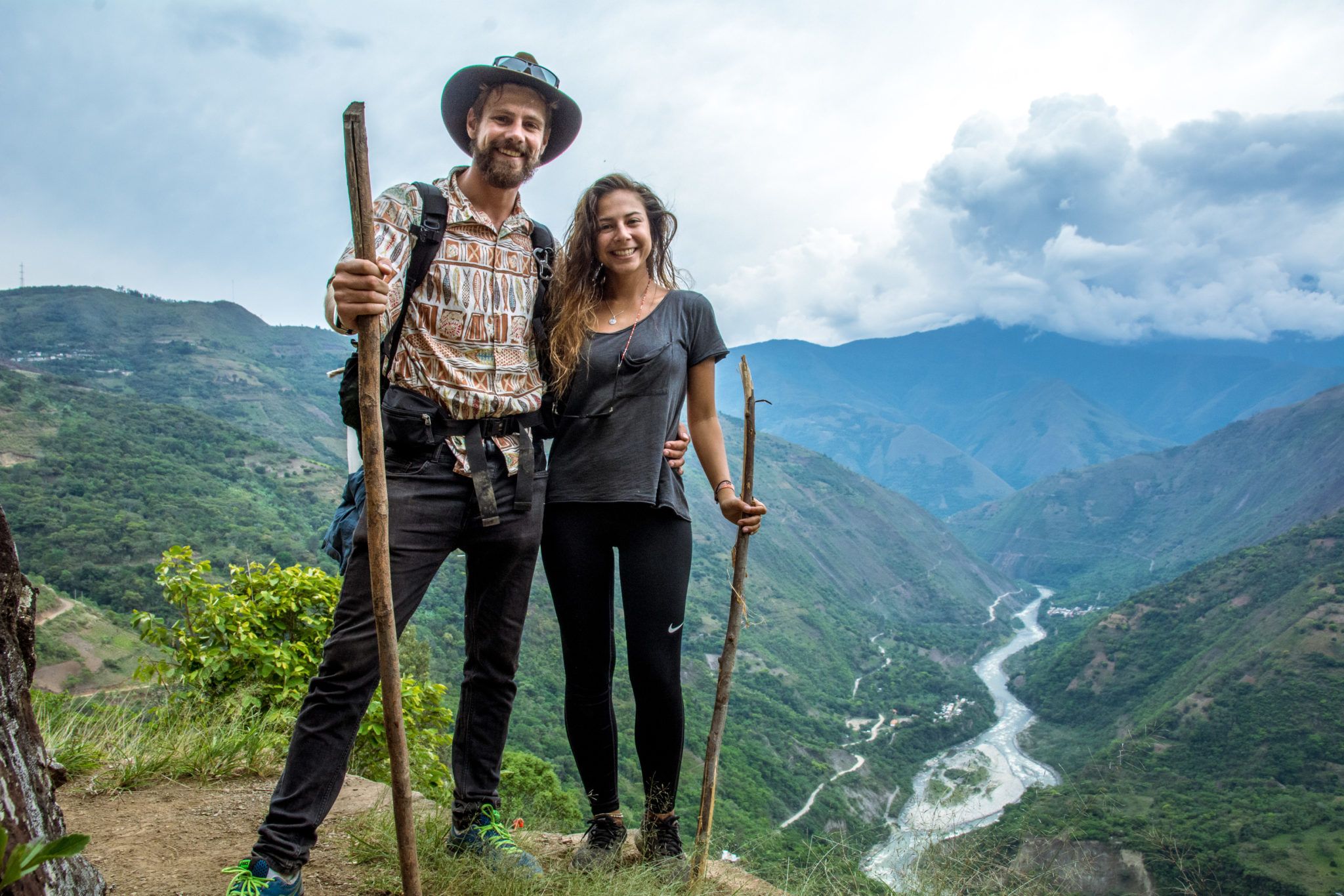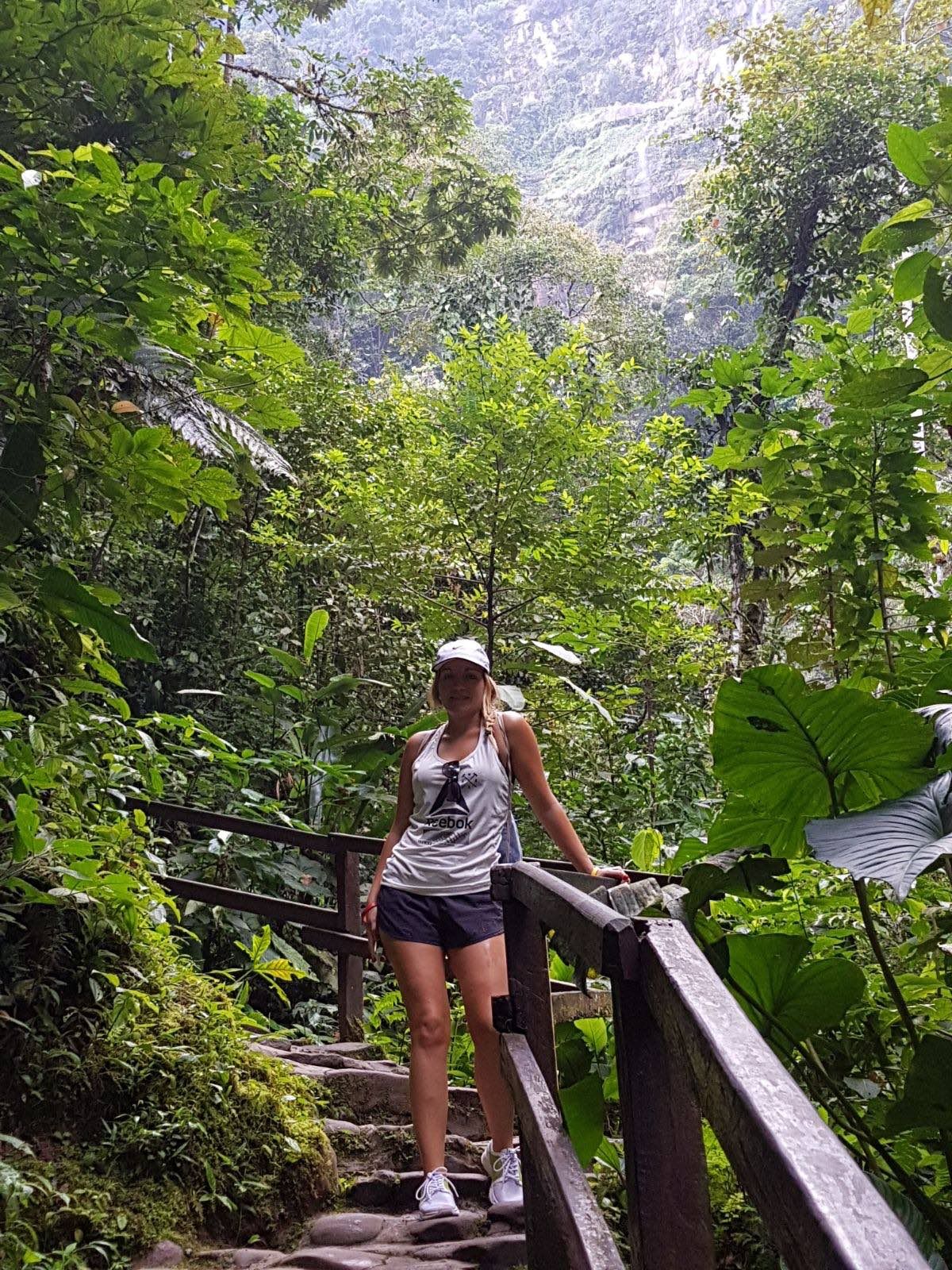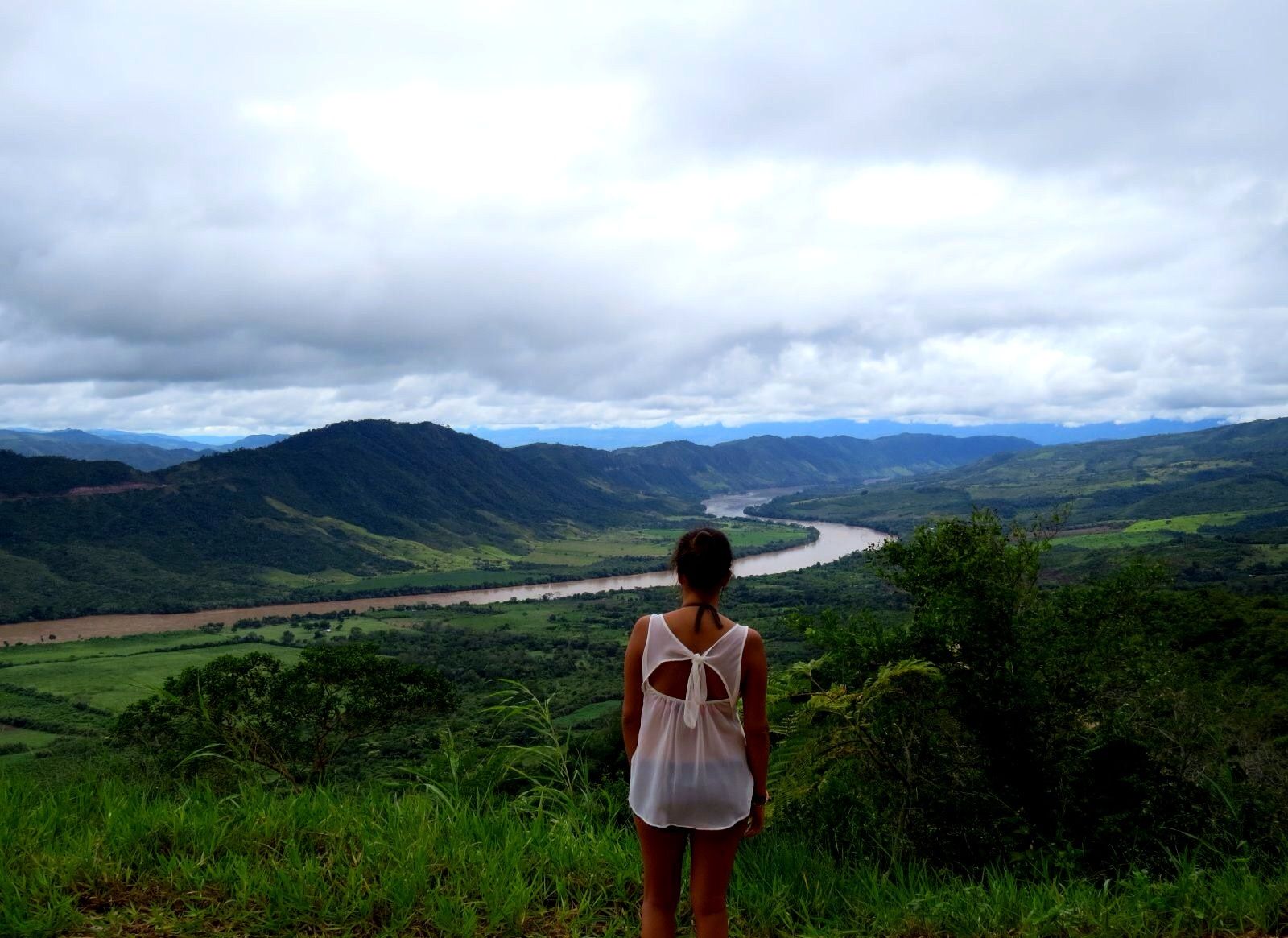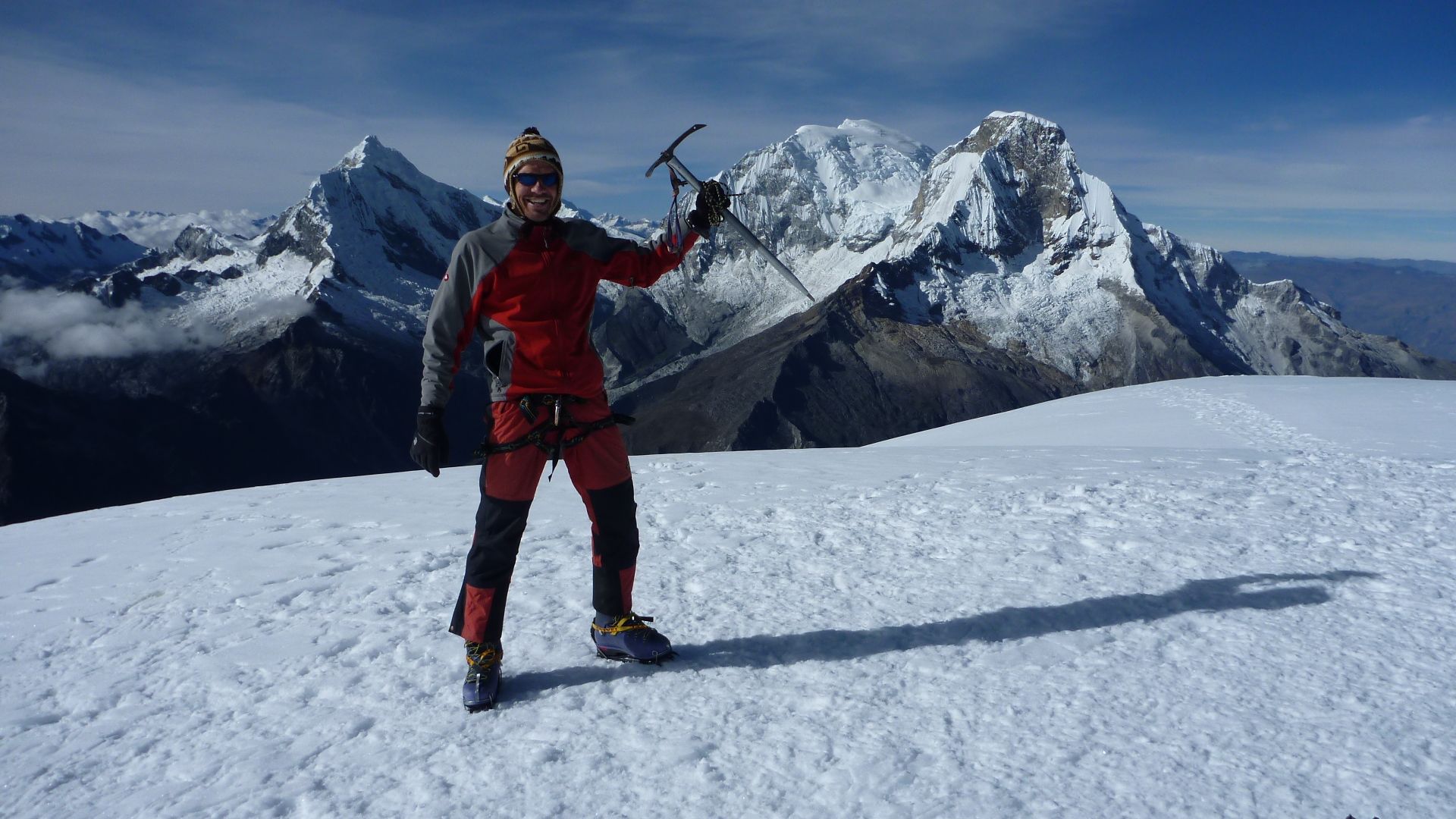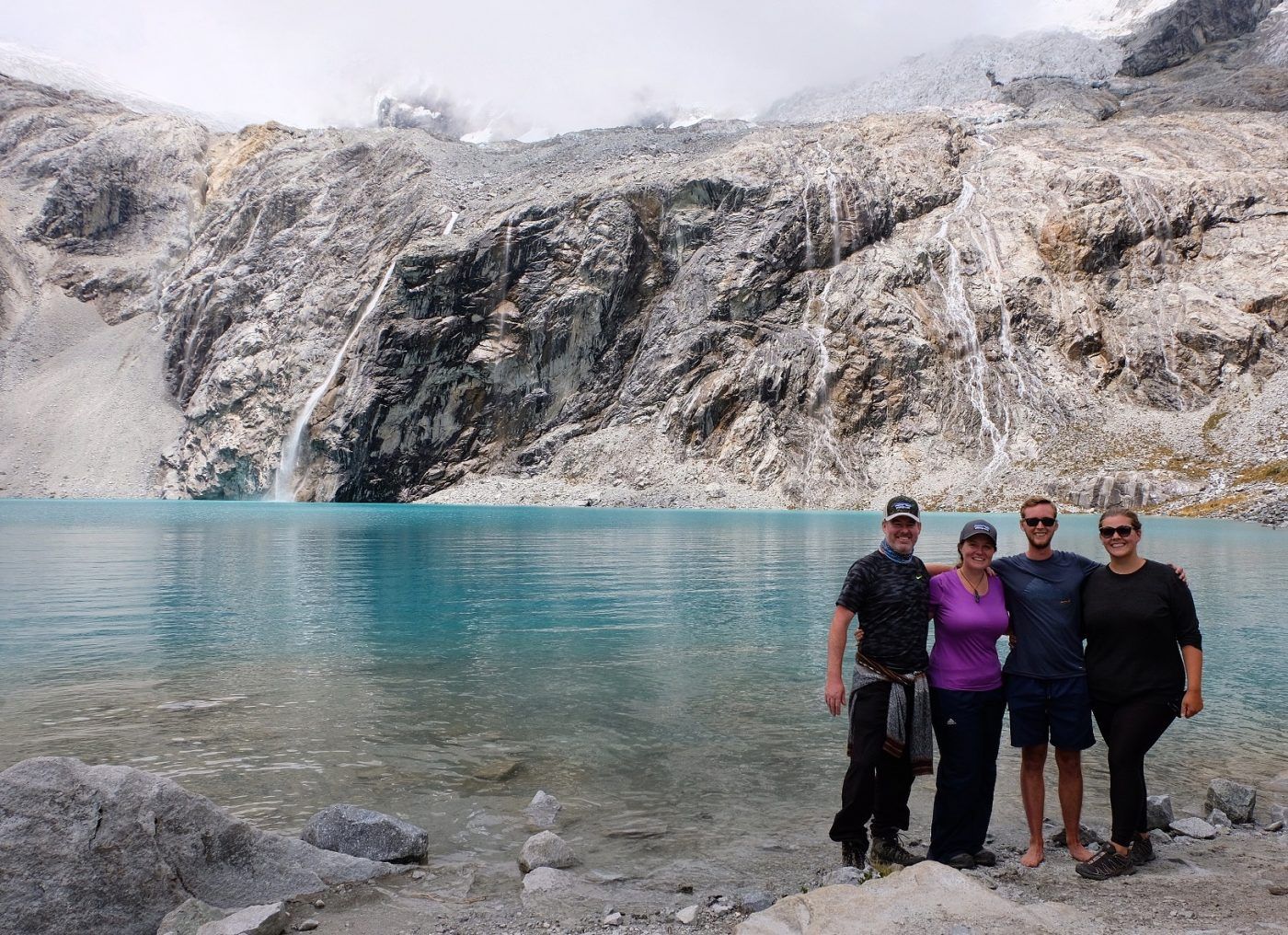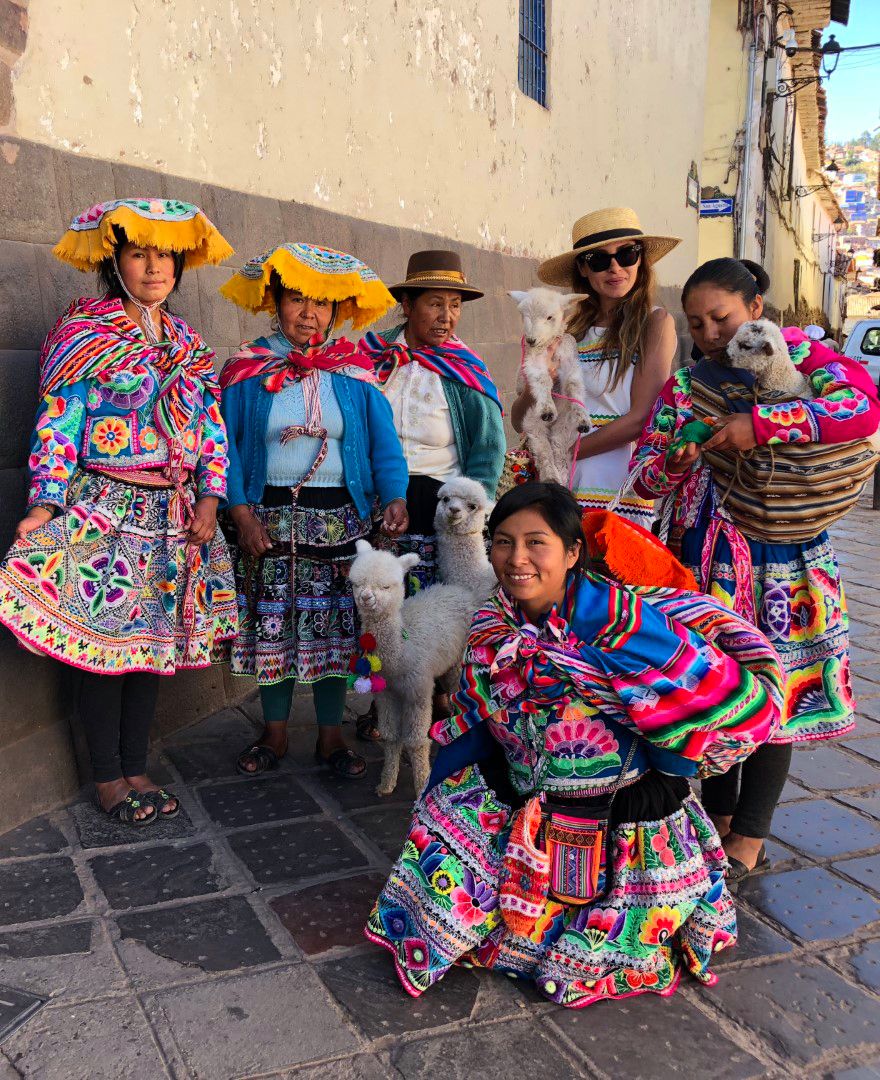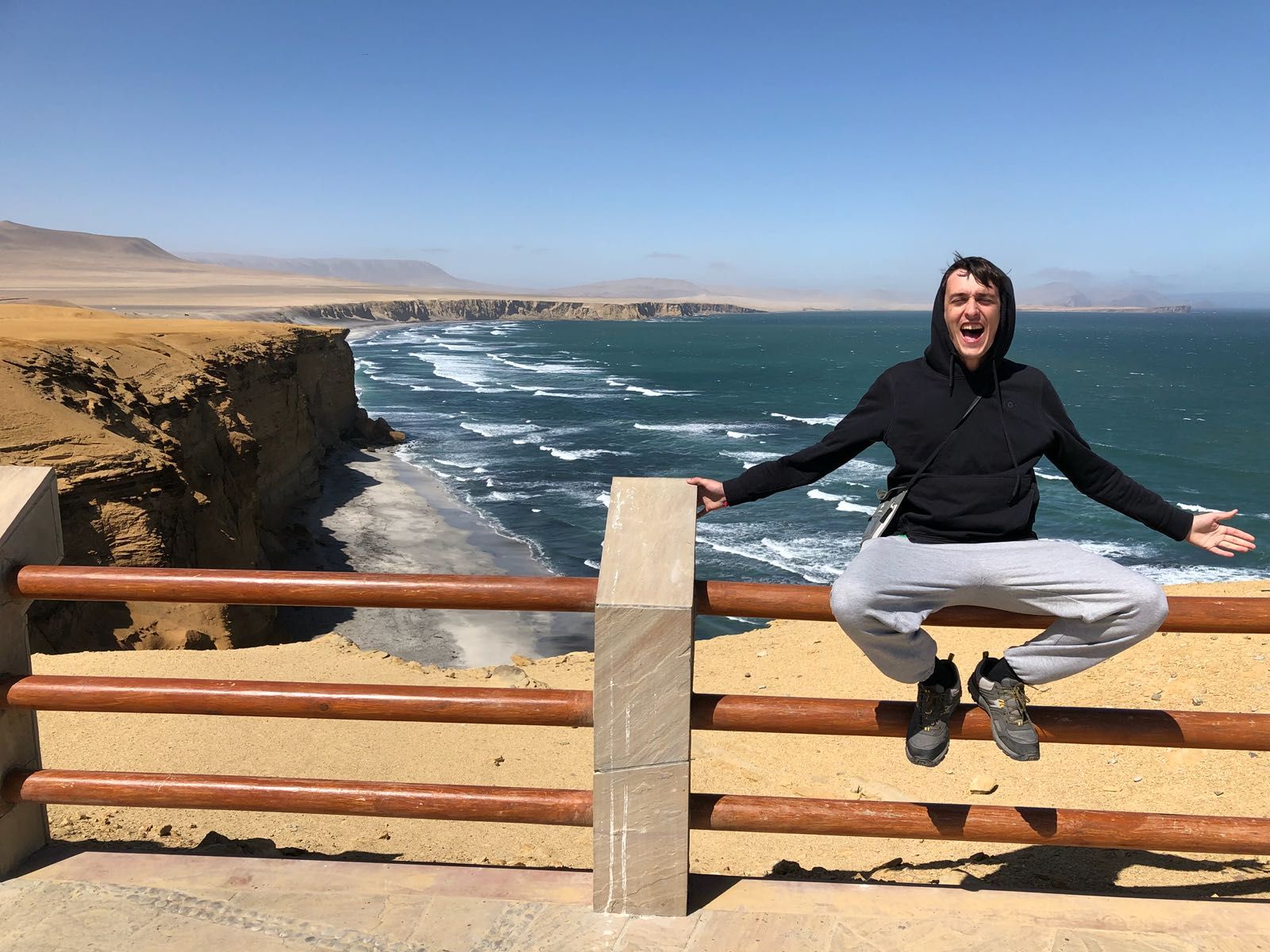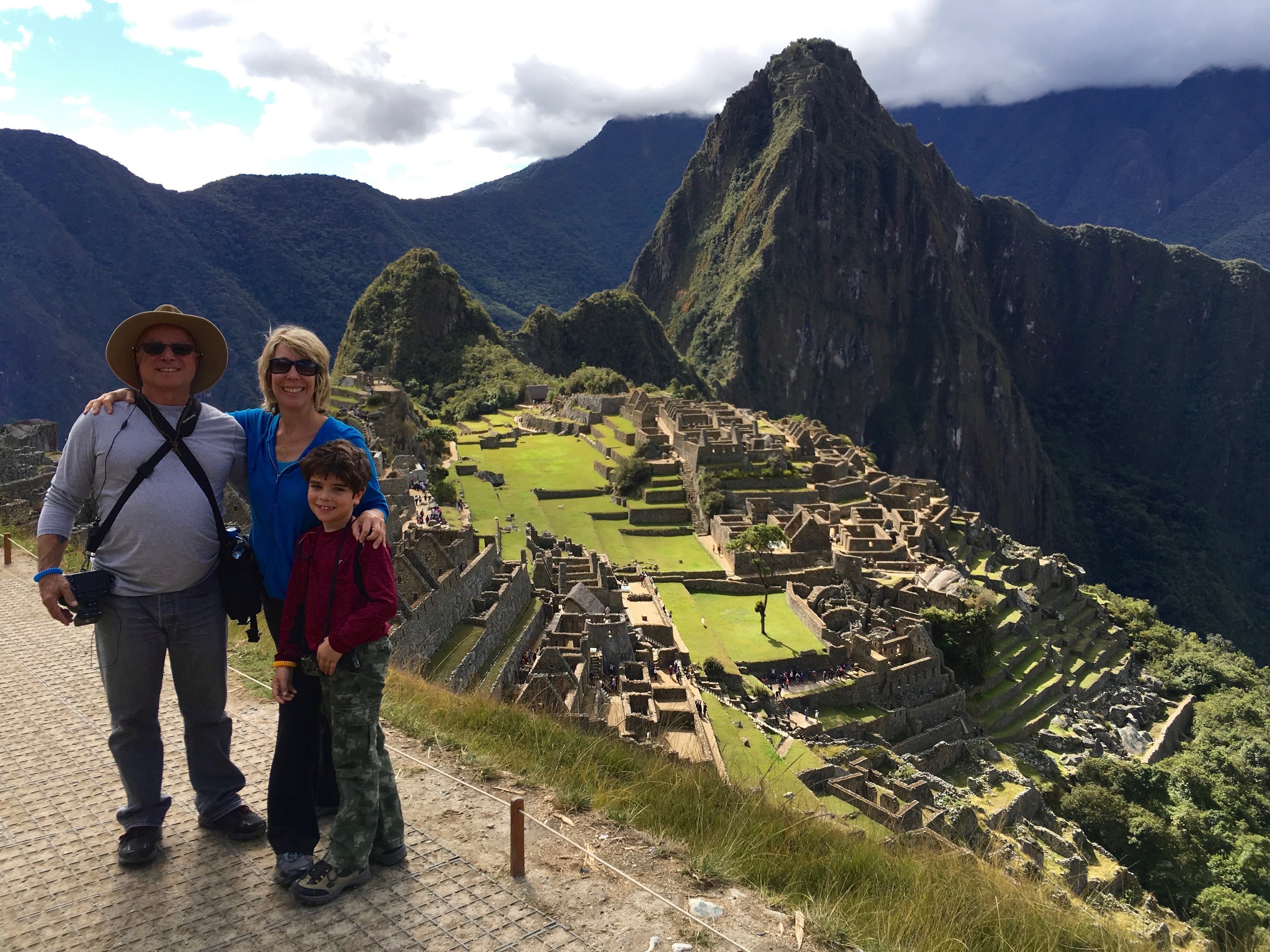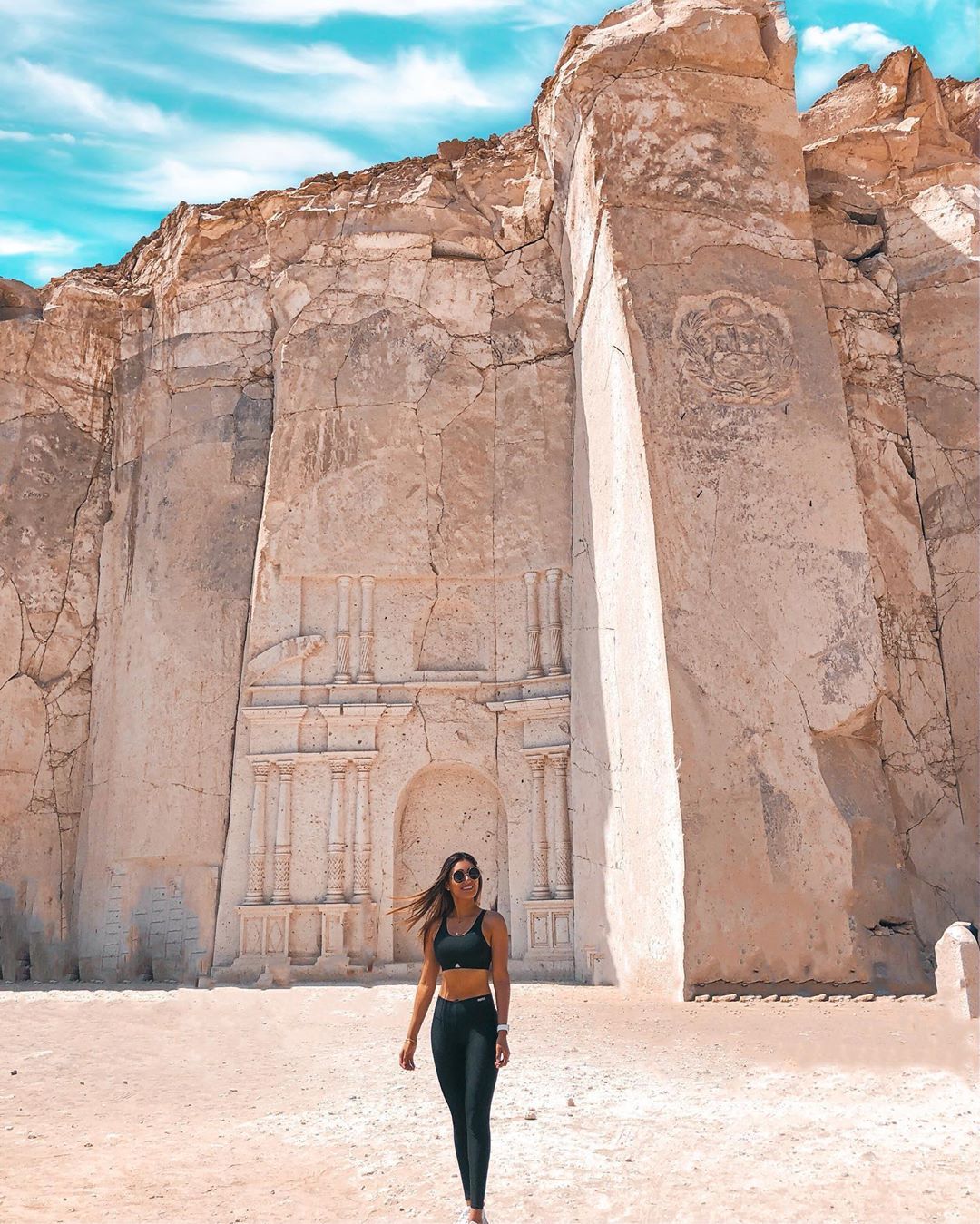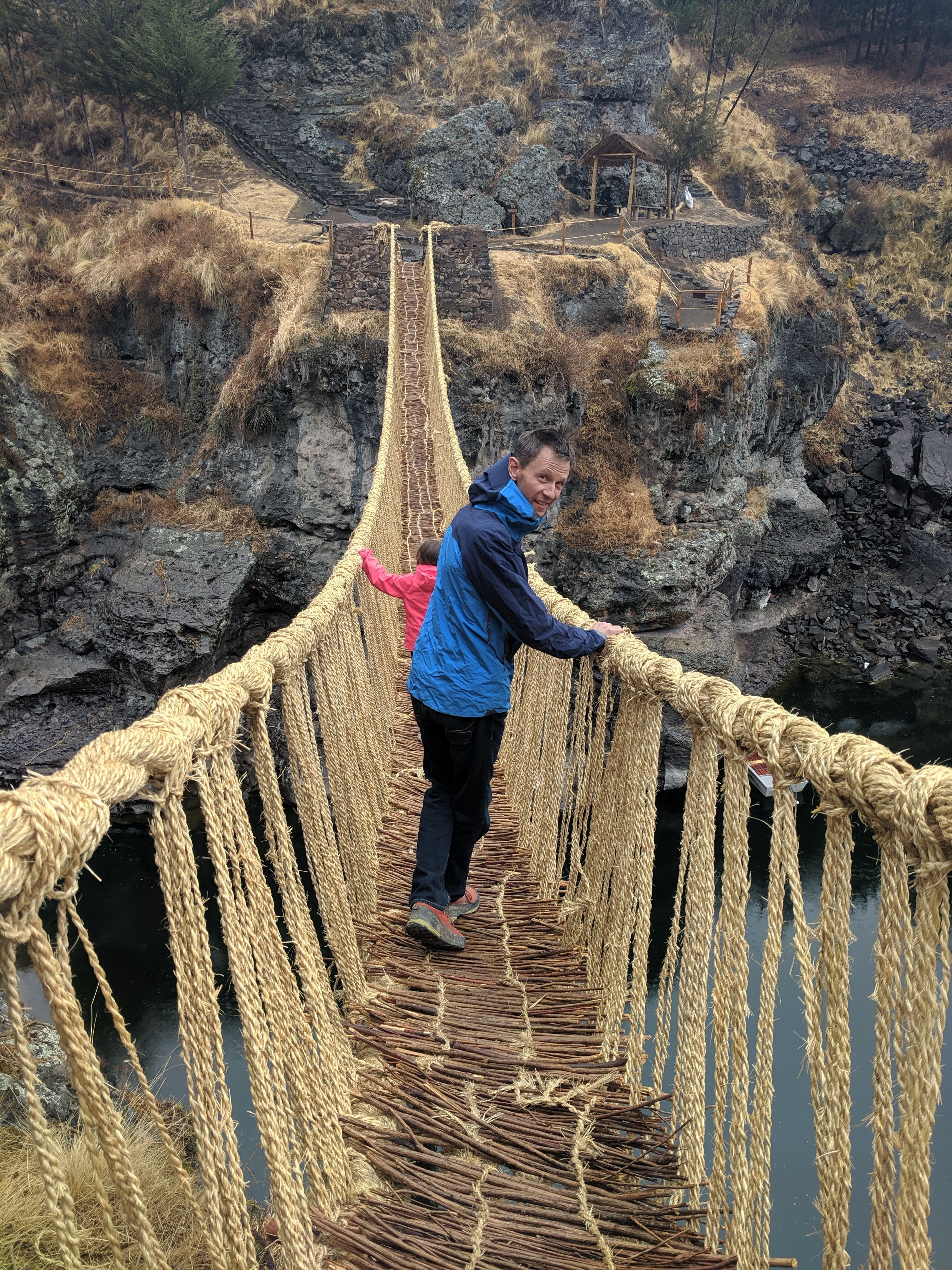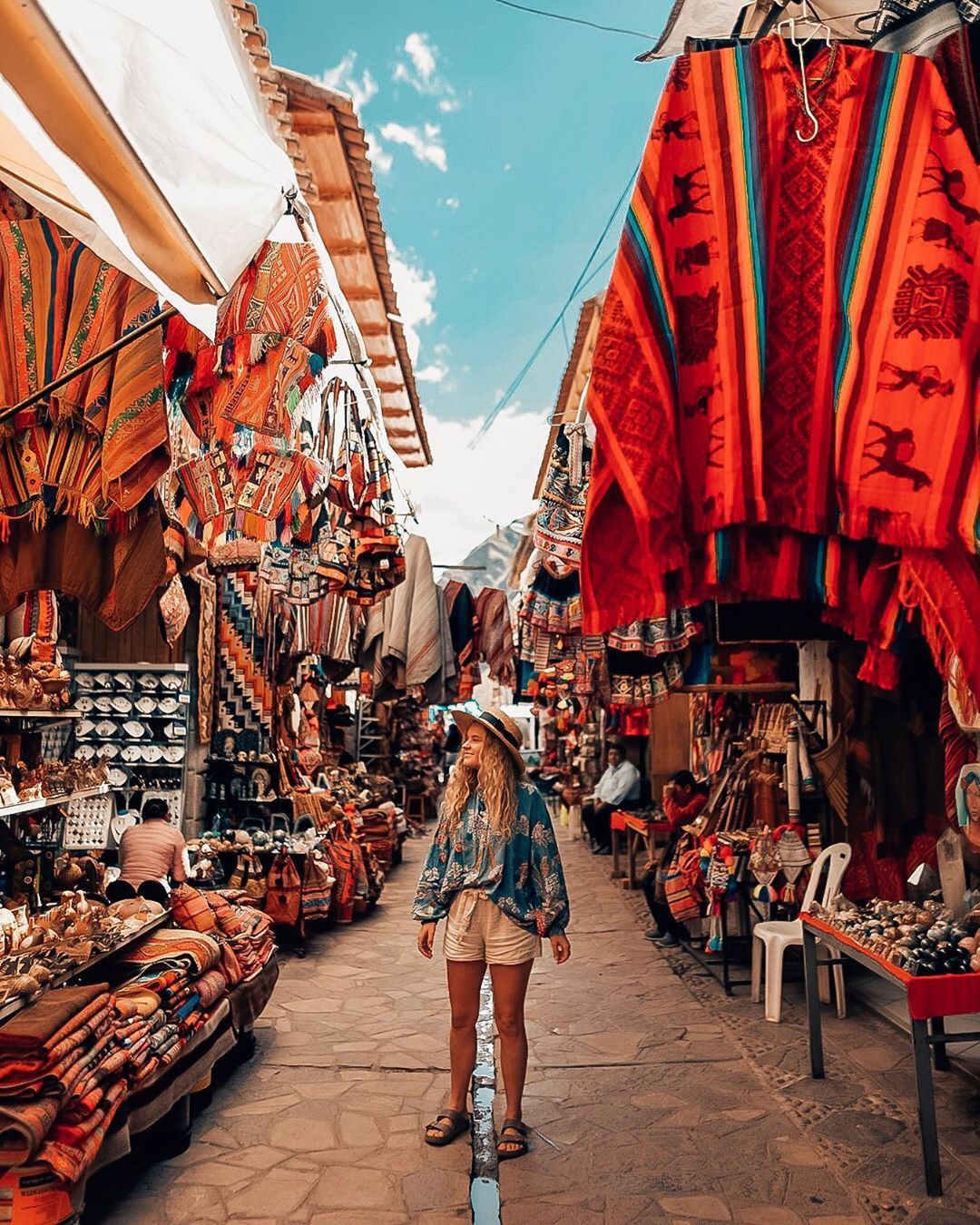Peru takes a bite out of both the Andes and the Amazon so that visitors can experience two of South America’s most renowned locations at once. It also has a unique claim as the birthplace of the Inca Empire.
Everyone already knows Machu Picchu, but the splendor of other sites the country keeps hidden might be surprising. Peru’s rainbow landscapes and buildings reflect the groups that’ve crossed into Peru since the empire’s fall. That’s not to say that Peru is behind in the times. Major urban areas in Cusco and Arequipa are happy to indulge guests seeking out the comforts of the big city.
Before you write off South America, let’s take a look at 20 stunning photos of Peru taken by real travelers.
20 Jade ponds overlap at the Aguas Turquesas
White stone shelves caught between the high walls of a canyon sit below the mouth of a river. Water pours into the pools forming ponds that flash between jade and turquoise. Anyone prepared to face the cold can head down to Ayacucho for a swim in the Aguas Turquesas.
19 Terraces line the dry canyons of Peru
Farmland curves with the bend of the hills a little ways north of Arequipa in Colca Canyon. These terraces date back long before the famous Inca Empire. Other indigenous groups in the area keep the culture of the canyon alive with events like the dance-filled Wititi festival.
18 Moray Terraces hollow out a manmade arena
These ruins look like they could seat Inca spectators for a big event. How To Peru states that the actual use is more likely an agricultural research station. Regardless of their purpose, the greatest appeal of these circular terraces is the way they cover the valley in this pleasing pattern.
17 Sacsayhuamán stays strong from its Inca days
Centuries later, a formidable aura still circulates the walls of this Inca fortress. Although the site of Sacsayhuamán does fall into the category of ruins, most of the fortress is still intact and its barriers are as solid as ever. It proves Cusco has more than one archaeological gem.
16 Peru has its modern architectural feats too
Relative to Inca sites dating back centuries, the Claustro de la Compañía built in the late 1600s is still in its youth, explains Lonely Planet. Officials gave it a helping hand by preserving it before it turned into ruins. Now its exquisitely carved columns mark the entrances to shops and restaurants.
15 A pop of color keeps these modern additions bright
Part of the Monasterio de Santa Catalina received an orange coat while the rest was painted blue. Although it shares Arequipa city with the Claustro de la Compañía, the atmosphere in its vivid halls is quite different. Rugged walls, uneven steps, and potted plants are all part of its charm.
14 Inca culture is preserved in these ancient salt ponds
The Incas used a salty spring in the Salinas of Maras like a faucet to fill their manmade holes. Once the water evaporated, the desired salt was left behind. To this day, current inhabitants of the land follow through with the same process, according to Atlas Obscura.
13 Rainbows run up and down these mountains in Cusco
Bands of crimson, lime green, and yellow are the most vibrant of the six colors that make up the clay mountain of Vinicunca. It has a somewhat patriotic appearance since the indigenous groups that reside in the Andes mountains wear traditional clothing that resembles this stripy mountain’s style.
12 A city has sprouted up around this oasis in the middle of the desert
White resort buildings clustered around the green oasis of Huacachina are no mirage. This popular tourist village hides somewhere between the dunes of Ica Province. Four-wheelers barreling towards it and sand boarders slipping down nearby dunes serve as indicators that you’re heading in the right direction.
11 Mountains of Huaraz are a gentle introduction to the Andes
These mountains don’t lead far from civilization since one of the largest Andean cities sits in their valley. Visitors can gaze at the high peaks from Huaraz before climbing up to see things from a new angle. The ever-present Santa river keeps hikers connected to their starting point.
10 Take a clear cut path through the Amazon
Tarapoto is the jump-off point for travelers who plan to dive into the Amazon rainforest. As an established city for tourism, it has planned pathways that lead to popular sites like the Ahuashiyacu Waterfall. Other areas require treks into the wilderness where tropical animals can be spotted.
Related: 25 Images From The Amazon Rainforest Not For The Faint Of Heart
9 The Amazon River starts off in Peru
Peru isn’t often associated with the Amazon rainforest since Brazil lays claim to most of it. However, it has all the tropical birds and curious wild cats that make the rainforest so stunning. Tourists who hop on riverboat tours may glimpse these animals and many more through the trees.
8 Pack for winter weather if you're going mountain climbing
A mountain range called the Cordillera Blanca sees snow all year. Hikers who prefer climbing steep mountains in cooler weather are better off visiting this part of the Andes. The particular mountain seen here is the Nevado Pisco. Its two summits vary based on height and the prominence of trails.
7 Ice blue lakes are so numerous that they're numbered instead of named
De Nomades puts the number of lakes just within the Cordillera Blanca somewhere around 800. The one seen here surrounded by ashen mountains in our photo is Laguna 69. It sits beneath a slender waterfall responsible for keeping the freshwater incoming and is located near the city of Huaraz.
Related: 10 Free Things You Must Do In Peru
6 Color is part of the culture in the Andes
The Quechua people shown here in Cusco are one example. These women wear traditional long skirts, short jackets, and hats all decorated with floral designs. Threads of Peru states that stylings vary from region to region, which means visitors are likely to be stunned more than once.
5 Have a secluded beach in the Paracas all to yourself
Beaches of the National Park of Paracas are untouched by the noise and pollution of tourists because they lie in a protected area. Snorkeling, kayaking, and wildlife tours are still possible despite the lack of visible vendors. A resort also allows guests to spend some nights in the peaceful park.
4 Machu Picchu remains a top attraction for Peru travelers
The level of attention that Machu Picchu garners makes some people think that it’s overrated, but regardless of its worth as an attraction, it’s certainly stunning to look at. For those seeking something fresh, Peru has other Inca structures that have all the history and none of the traffic.
Related: 10 Reasons To Visit Peru (Besides Machu Picchu)
3 Artists create the impression of civilization in uninhabited areas
Anyone visiting Arequipa will notice buildings made of an off-white stone. That’s called sillar, and the Canteras de Sillar are where the building material comes from, according to Aracari Travel. The Compañía Church entrance was replicated on a quarry wall, connecting the stone with buildings it has helped create.
2 One last Inca bridge is still standing
Smithsonian Magazine states that braided suspension bridges were used by the Inca to keep sections of the empire connected. Many of the bridges were cut or burned in battle, making the Q’eswachaka a rare find. Builders maintain the safety of the bridge and their cultural heritage with annual repairs.
1 Traditional Peruvian patterns make for recognizable souvenirs
Designs associated with indigenous groups have seeped into mainstream Peruvian clothing. Digging a little deeper to find smaller markets links travelers with sellers who consider crafting this kind of clothing part of their heritage. In these locations, tourists can show their support and shop for souvenirs at the same time.
Next: 10 Etiquette Tips You Should Know Before Going To Peru

